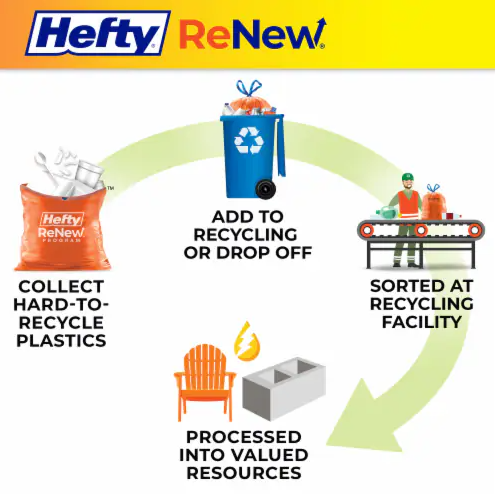US EPA’s Clean Power Plan
August 19, 2015The VW Scandal: Go Green Hilliard’s Take
October 19, 2015Harmful Algal Blooms (HABs), usually caused by nutrient pollution and subsequent excessive algal growth, have become increasingly common in Ohio and across the U.S. over the last few years. The resulting cyanotoxins (e.g., microcystin), produced by different cyanobacteria (also called blue-green algae) in aquatic environments, are disrupting aquatic systems and even causing human health problems.
These algal blooms are the result of excessive nutrients and warmer weather conditions, which stimulate growth of algae, often covering the surface of the water. This is an issue because the cyanobacteria frequently occur in water used by humans for drinking water and recreation. If the water contains cyanotoxins, it renders the body of water unusable, as the toxins can cause severe illness or even death if enough of the affected water is consumed. In addition, the organisms living in the water can accumulate toxins (a way humans can be indirectly harmed if consumed), but aquatic life can also be killed due to exposure to cyanotoxins, which can cause imbalance in the aquatic environment.
Several harmful algal blooms have been reported across Ohio in recent years. One of the first extensively publicized occurrence of toxic algae was in Grand Lake St. Marys during the summer of 2010, whereby thousands of fish were killed and recreational use of the lake was severely limited due to human health concerns. Toxic-algae warning signs were again posted this past summer (2015) at four beaches on the lake after a woman was sickened by the water.
Lake Erie is another Ohio water body that has frequently had environmental issues due to algal blooms. The worst recent incident was in the summer of 2014 when the City of Toledo had to issue a “do not use the water” warning to residents because of excessive microcystin contamination caused by toxic algae in Lake Erie. The city has since added treatment to minimize future algal bloom problems.
An Ohio River toxic algal bloom was also reported in southeast Ohio during late August of 2015. The bloom was caused by Microsytis sp., the same type of algae that has plagued other Ohio lakes that is capable of producing liver and nerve toxins. Based on an alert issued by the Ohio EPA, communities on the river were cautioned as to the safety of the water for human consumption.
So why so many recent occurrences of toxic algal blooms? There are a number of suspected causes, but some of the most commonly cited are increased nutrient loads (phosphorus and nitrogen) from upstream watershed land areas and higher average annual temperatures (along with a concurrent shorter winter and earlier onset of spring). As noted by the Ohio EPA, “the primary sources of nutrient pollution are runoff of fertilizers, animal manure, sewage treatment plant discharges, storm water runoff, car and power plant emissions and failing septic tanks. The State of Ohio is currently working on a statewide nutrient reduction strategy that will document ongoing nutrient reduction activities and identify areas where more work is needed.”




